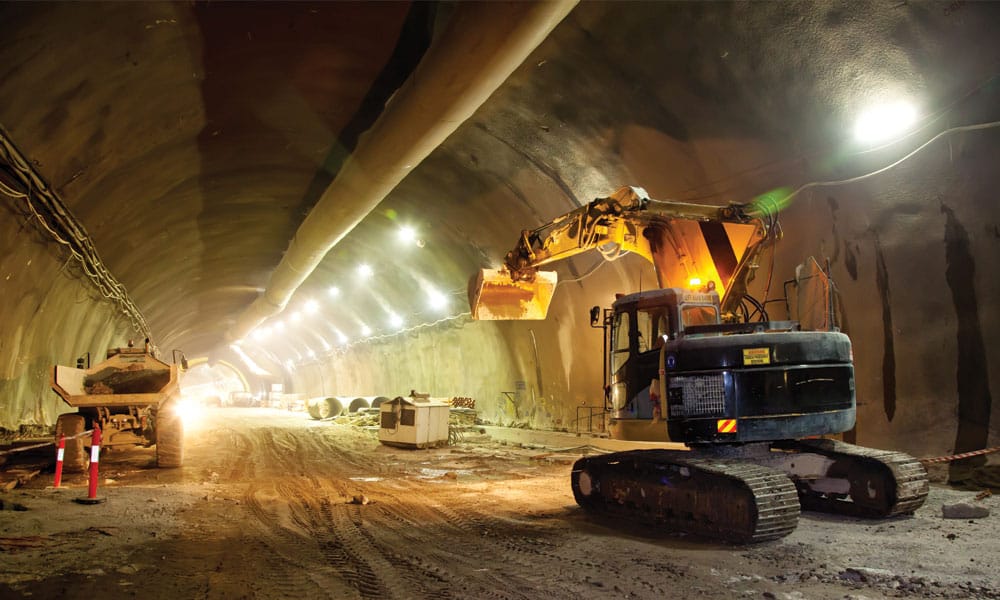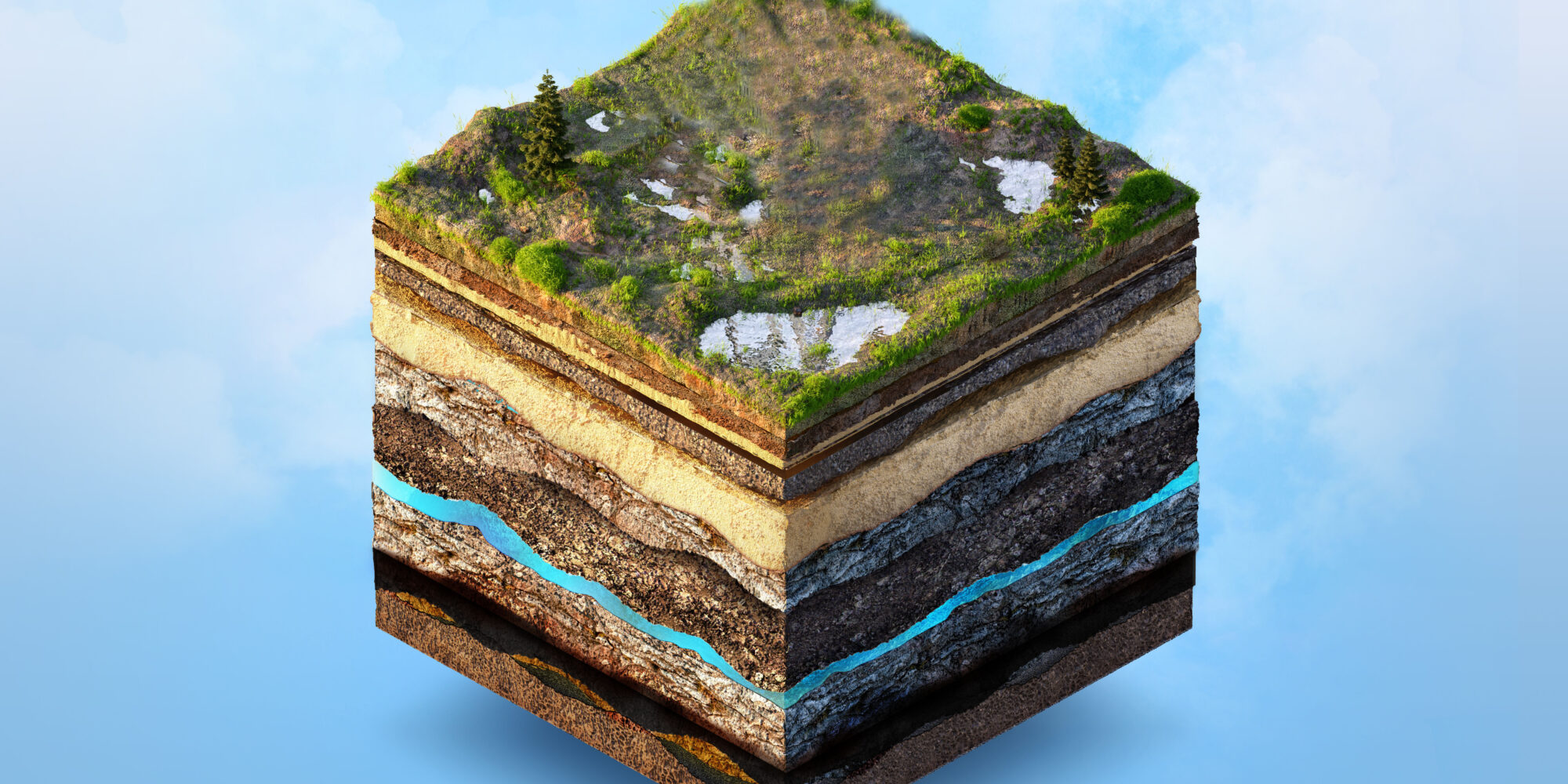Exploring the Benefits of Geotheta for Advanced Geotechnical Investigations
Exploring the Benefits of Geotheta for Advanced Geotechnical Investigations
Blog Article
Diving Into Geotechnical Providers: the Crucial Role of Dirt Analysis, Quake Danger Assessment, and Geosynthetics in Building Sustainable and Safe Frameworks
Dirt evaluation, earthquake danger evaluation, and the application of geosynthetics are vital elements that make sure the honesty and durability of buildings. By comprehending the make-up of the dirt, forecasting seismic hazards, and integrating innovative products, designers can mitigate dangers and boost the resilience of facilities.

Value of Soil Evaluation
Understanding the importance of dirt analysis is critical in making sure the architectural stability and stability of any type of building and construction task. Dirt analysis gives necessary details regarding the soil make-up, strength, and potential threats that may influence the foundation of a framework. By performing comprehensive soil analysis, engineers can establish the proper structure style, building techniques, and necessary preventative measures to alleviate any type of prospective threats.
One of the main reasons soil analysis is important is its function in determining dirt homes that could impact the stability of a structure. Factors such as soil bearing capability, settlement features, and water material can substantially influence the architectural performance of a construction task. Without correct dirt analysis, the structure might go to risk of resolving erratically, resulting in architectural damages or even collapse in time.
Moreover, dirt evaluation helps in examining the danger of natural disasters such as floodings, landslides, or earthquakes. By understanding the soil's actions under different problems, engineers can execute ideal procedures to improve the resilience of the framework and guarantee the safety and security of passengers. geotheta. Finally, soil analysis is a basic action in the building procedure that need to never be overlooked
Assessing Quake Dangers
Given the vital duty of dirt evaluation in figuring out structural stability, it is important to likewise examine earthquake risks when planning and constructing buildings and infrastructure. Quake danger evaluation involves assessing the potential seismic dangers that a site may deal with based on its place and geological attributes. This procedure helps engineers and developers comprehend the degree of danger presented by quakes and help in creating structures that can endure such events.
Assessing quake risks usually involves researching historic seismic activity in the area, establishing the site's proximity to mistake lines, and analyzing the soil make-up to predict how the ground will certainly react to seismic waves. By performing a complete earthquake risk analysis, designers can carry out suitable reduction actions, such as integrating seismic-resistant style functions right into structures, to enhance their strength versus earthquakes.

Role of Geosynthetics
Geosynthetics play an essential duty in boosting the performance and resilience of civil design frameworks. These synthetic materials, such as geotextiles, geogrids, and geomembranes, provide a variety of functions that add to the general stability and longevity of various construction jobs. One essential facet of geosynthetics is their reinforcement ability, where they can boost the strength of soils, offering boosted assistance for roads, embankments, and retaining walls. By dispersing lots a lot more successfully and lowering negotiation, geosynthetics assist avoid structural failures and maintain the honesty of the constructed setting.
Furthermore, geosynthetics act as obstacles, providing defense versus water infiltration, chemicals, and other hazardous materials that can endanger the structural stability of a job. They are likewise used in drain applications to facilitate the efficient circulation of water, avoiding saturation and erosion of soil. Along with their technical features, geosynthetics are valued for their sustainability, as they can decrease the requirement for natural deposits and reduced building and construction costs. Generally, the strategic unification of geosynthetics is necessary for making sure the resilience and safety of contemporary facilities projects.
Structure Lasting Frameworks
The application of environmentally conscious practices in building and construction is crucial for fostering the growth of lasting structures. Structure sustainable frameworks involves making use of products and layout strategies that minimize environmental impact, lower energy consumption, and advertise lasting strength. Including sustainable techniques such as making use of recycled materials, enhancing energy performance, and applying eco-friendly structure accreditations like LEED look at here now can dramatically boost the ecological performance of a framework.
One key element of building lasting structures is the efficient use of resources. This includes developing buildings that take full advantage of natural light, ventilation, and insulation to decrease the reliance on synthetic lights, heating, and cooling systems. Additionally, integrating renewable resource resources such as solar panels or wind turbines can further lower the carbon footprint of a structure while additionally potentially lowering long-term energy expenses.
Moreover, sustainable frameworks typically prioritize water preservation by including attributes like rain harvesting systems, low-flow fixtures, and drought-resistant landscape design. By taking on these environmentally friendly practices, building and construction jobs can not just lower their ecological impact however also add to producing much healthier and much more resistant developed atmospheres for future generations.
Ensuring Security in Building And Construction
In the realm of sustainable building techniques, an essential concern is guaranteeing the security of all workers entailed in the structure procedure. Safety in building and construction includes different aspects, consisting of the usage of appropriate individual protective equipment (PPE), adherence to safety protocols, routine training on risk acknowledgment and mitigation, and the implementation of emergency reaction plans.

Verdict
In conclusion, soil analysis, quake threat evaluation, and using geosynthetics play critical roles in making resource sure the sustainability and safety and security of frameworks. By recognizing the residential or commercial properties of dirt, reviewing quake threats, and making use of geosynthetics for reinforcement, engineers can construct frameworks that are both durable and long lasting. It is essential for building and construction professionals to prioritize these geotechnical solutions to create sustainable and safe structures for the future.
Dirt analysis, earthquake danger evaluation, and the implementation of geosynthetics are essential components that guarantee the integrity and longevity of structures. Dirt analysis gives vital details about the dirt make-up, strength, and possible risks that might impact the structure of a framework.One of the key factors dirt analysis is essential is its function in determining dirt homes that might influence the stability of a More Info building.In conclusion, dirt evaluation, earthquake threat analysis, and the usage of geosynthetics play important roles in making sure the sustainability and safety and security of structures. By comprehending the buildings of soil, evaluating quake risks, and utilizing geosynthetics for reinforcement, designers can construct frameworks that are both durable and durable.
Report this page